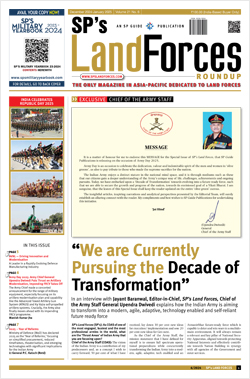INDIAN ARMED FORCES CHIEFS ON OUR RELENTLESS AND FOCUSED PUBLISHING EFFORTS
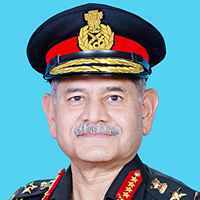
The insightful articles, inspiring narrations and analytical perspectives presented by the Editorial Team, establish an alluring connect with the reader. My compliments and best wishes to SP Guide Publications.
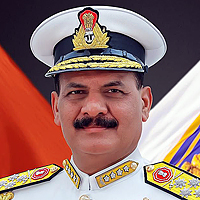
"Over the past 60 years, the growth of SP Guide Publications has mirrored the rising stature of Indian Navy. Its well-researched and informative magazines on Defence and Aerospace sector have served to shape an educated opinion of our military personnel, policy makers and the public alike. I wish SP's Publication team continued success, fair winds and following seas in all future endeavour!"

Since, its inception in 1964, SP Guide Publications has consistently demonstrated commitment to high-quality journalism in the aerospace and defence sectors, earning a well-deserved reputation as Asia's largest media house in this domain. I wish SP Guide Publications continued success in its pursuit of excellence.
- MoD initiates comprehensive review of Defence Acquisition Procedure 2020, pushes for defence reforms
- G7: The Swansong
- Kalinga Connect: South Asia to Polynesia
- Must Credit DRDO for Operation Sindoor, now what is next for defence R&D?
- The layered Air Defence systems that worked superbly, the key element of Operation Sindoor
- Operation Sindoor | Day 2 DGMOs Briefing
- Operation Sindoor: Resolute yet Restrained
Naxals Kill Another Politician
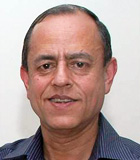 |
The Author is Former Director General of Information Systems and A Special Forces Veteran, Indian Army |
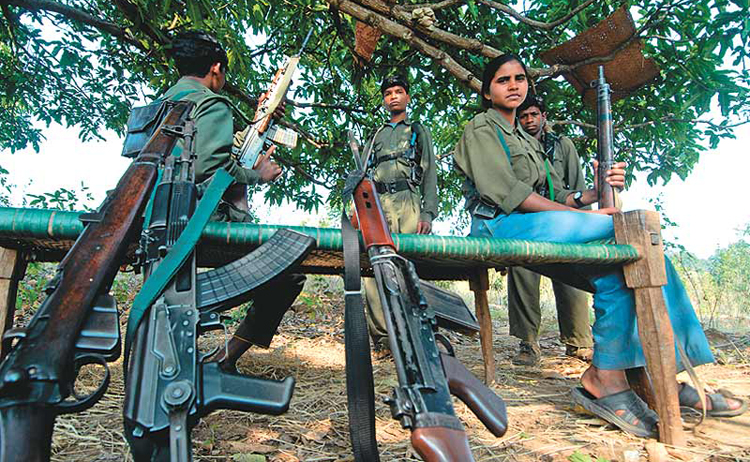
On April 9, 2019, BJP MLA Bheema Mandavi and the four security personnel were killed as Naxals targeted his convoy of three vehicles, including the MLA's bullet-proof one, in Dantewada District of Chhattisgarh. The incident occurred at Shyamagiri hills when the MLA's convoy was heading towards Kuwakonda from Bacheli area, about 450 km from the state capital Raipur. The convoy was travelling between Kuwakonda and Shyamagiri in Dantewada when it was targeted by the Naxals. The Naxals blew up a vehicle in the convoy with an IED and opened fire at the occupants. The naxals escaped after the exchange of fire after taking at least three weapons from the victims. Exact number of naxals involved in the ambush is not known. The improvised explosive device (IED) blast hit lead vehicle carrying the security personnel. Mandavi, who was in the second car, was en route to Kuwakonda from Kirandul after presiding over a meeting of the BJP's Mahila Morcha (women's wing). He was going to check the poll-preparedness of party workers there. The second car, with Mandavi, was fired upon by Naxals. Police had advised political convoys to stick to main roads, but Mandavi's convoy took a short cut, from Bacheli to Nakulnad via Kuwakonda to, to save time on the last day of campaigning.
Dantewada falls in the Bastar Lok Sabha constituency, which will go to polls in the first phase on April 11. The ambush happened just two days before the polling. Common sense would indicate that moving in vehicles in the Naxal belt without road opening parties in place during the election season is dangerous as Naxals would certainly indulge in violence during this period to exert authority. To top this, ignoring police advice was highly stupid, which cost them their lives. It is well known that MLAs in the Naxal belt get elected with support of the Naxals. That perhaps gave the confidence to Mandavi that he could move around anywhere without road opening, aided with the fact that a security blanket of over 80,000 personnel, and drones, was deployed in and around the Naxal-infested Bastar region. But he forgot that he was the only BJP MLA from the area and that the Chhattisgarh State was not being ruled by the BJP. It may be recalled that ahead of assembly polls in 2013 in Naxal hotbed of Bastar, 27 people, including senior Congress leader Mahendra Karma and former Union minister V.C. Shukla, were killed in ambush.
It was BJP that ruled Chhattisgarh at that time. It may just be a coincidence but given the character of Indian politics and the fact that every election is a 'do or die' situation, nothing can really be ruled out. The ambush on April 9 this year once again belies the claims by successive Union Home Ministers that the Naxal problem will be over in the next two-three years. A select group of the Naxals, were trained by the LTTE under aegis of Pakistan's ISI, in use of mines and IEDs a decade and a half back. LTTE's use of IEDs against the Indian Peace Keeping Force (IPKF) in Sri Lanka had caused extensive damage to personnel and vehicles, including blasting two tanks off the road. Explosives can be placed for future use in unmetalled roads, breaks in surfacing of a highway and under culverts – and this can even be to the tune of 100 kg or more that would lift the heaviest vehicle including the Mine Protected Vehicle (MPV) couple of feet into the air. There is enough explosives locally available in the area including associated with mining and road mining activities.
The best vehicle to move around in such areas is one's own legs. But for vehicle or convoy move, effective road opening is an absolute must. Road opening does not mean merely sitting both sides of the road. Road domination must be ensured with foot patrols, also from nearby domination heights. This must be reinforced with mobile patrols. Likely ambush sites need to be appreciated and paid more attention for effective domination. Rules of effective counter-insurgency warfare can hardly be ignored. Ironically, lawmakers consider themselves Gods and are allergic to being contradicted but if we are to deny the advantage to Naxals, Mandavi could have been 'stopped' from proceeding along an unprotected road. Not doing so, gave another notch to the Naxals. Political parties need to educate the politicians for adhering to safety restrictions and not overruling police advice, even if they find it difficult to do so. As for resolving the Naxal problem in next few years, and many successes against armed Naxals, one has yet to see recovery of AK-47 assault rifles, light machine guns, mortars, radio sets etc, of the scores taken away by Naxals by attacking and ambushing security forces over the years. Ultimately, we need to remember that though the Naxal insurgency is a socio-political-economic problem, there are enough external and internal forces to keep them going.





